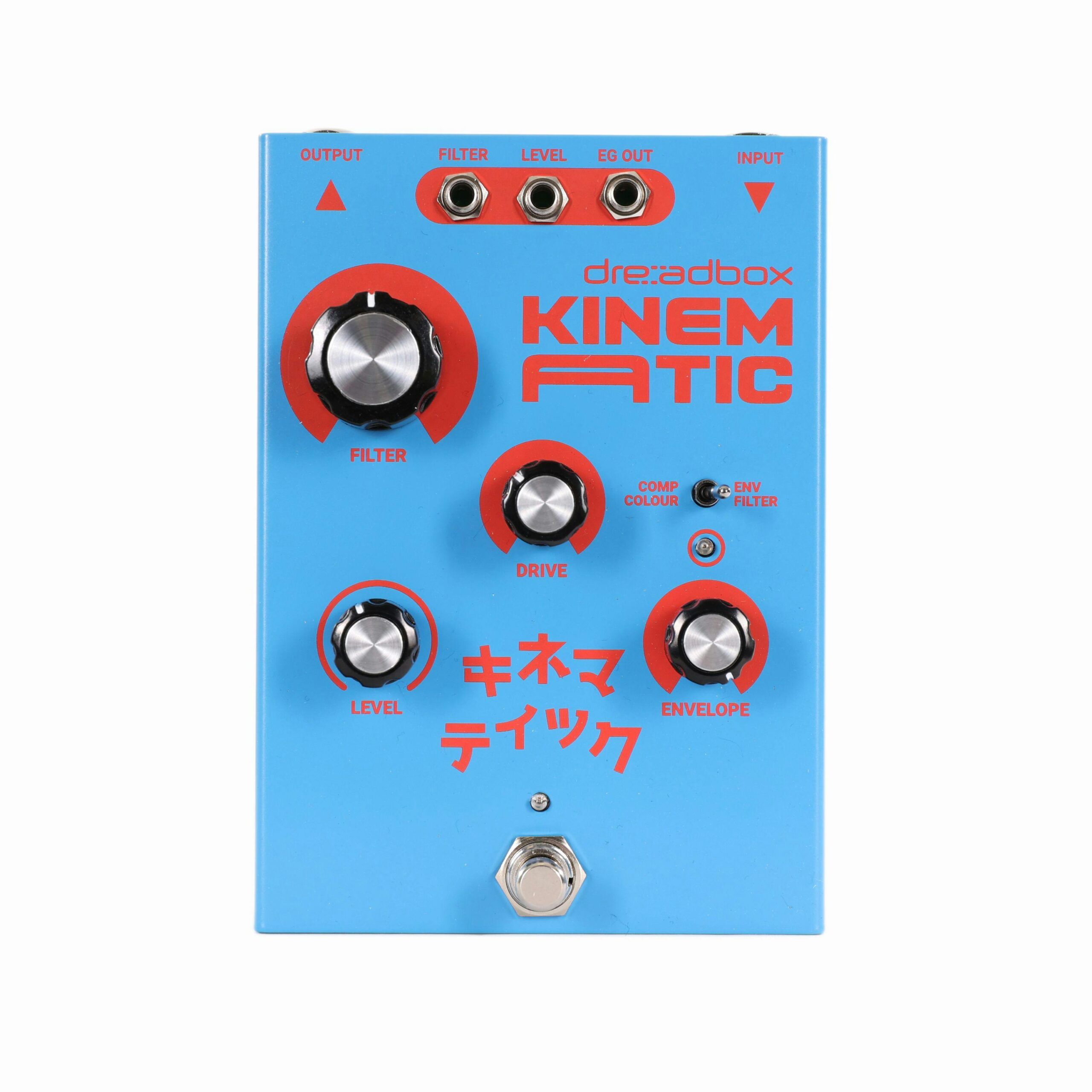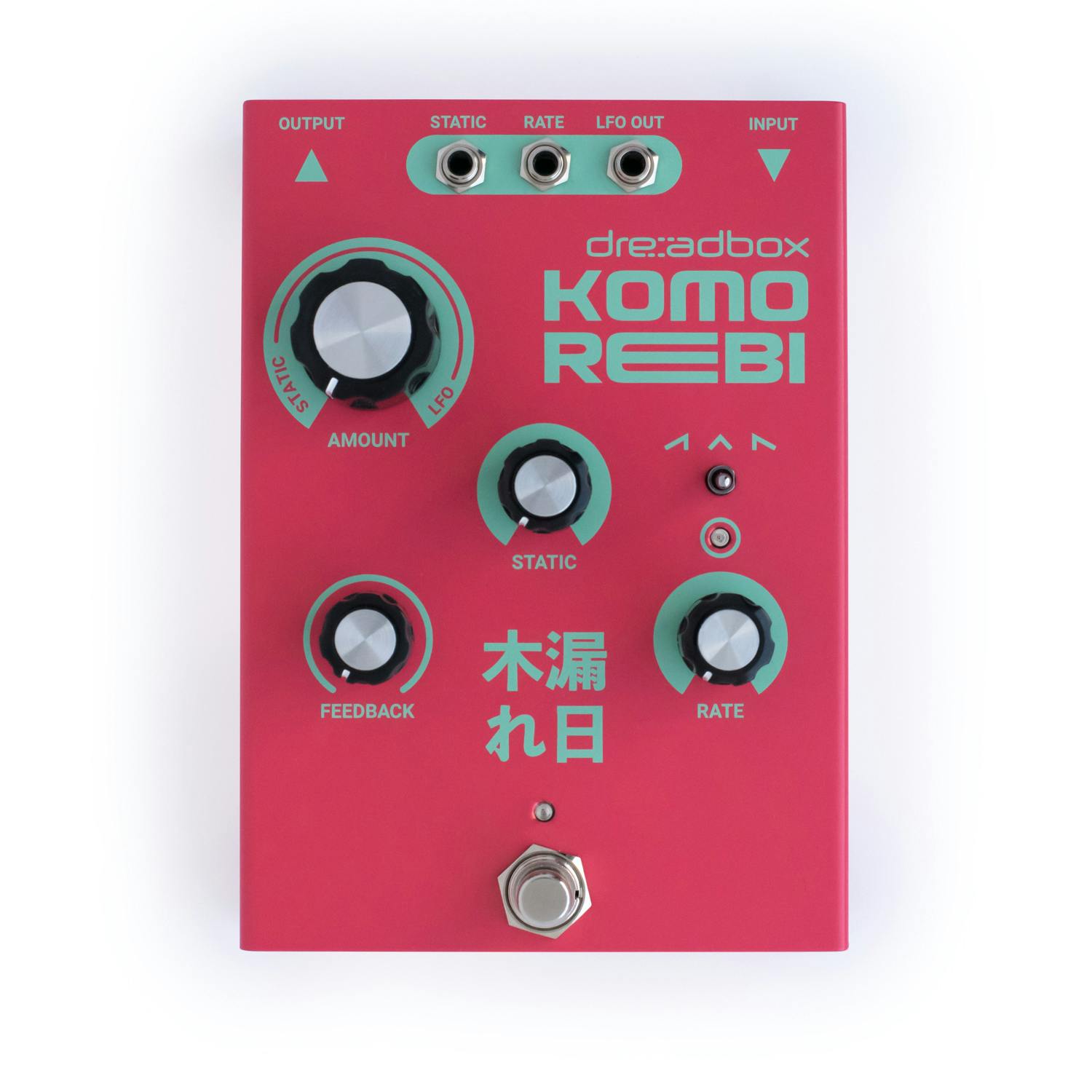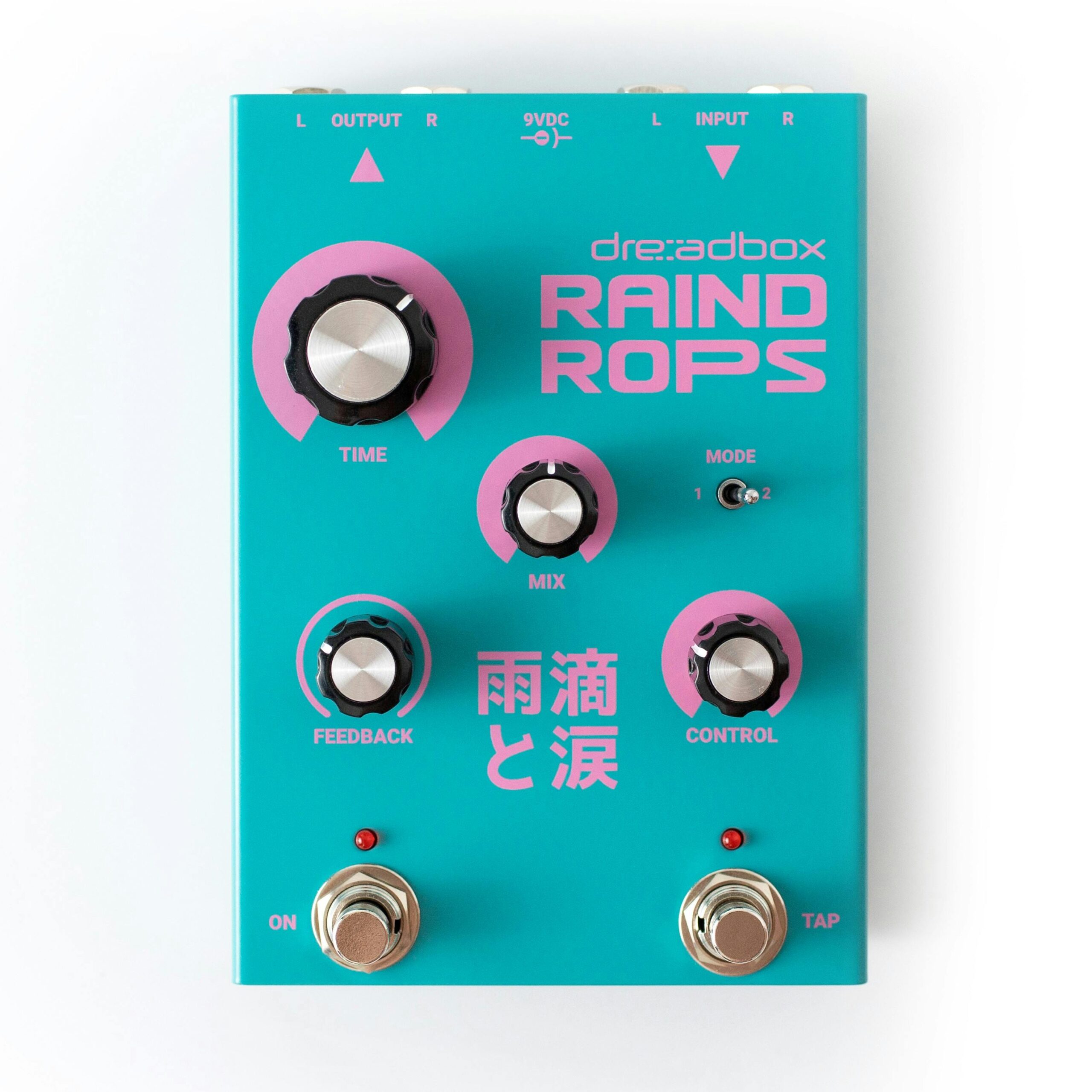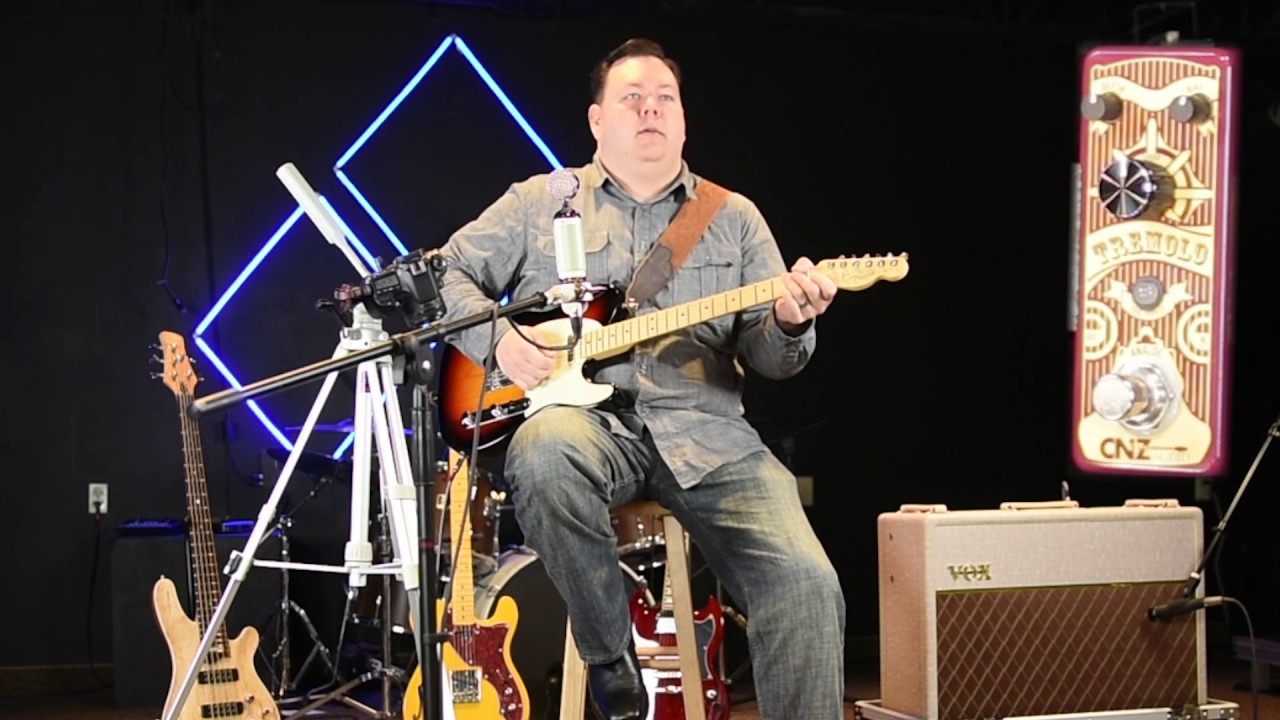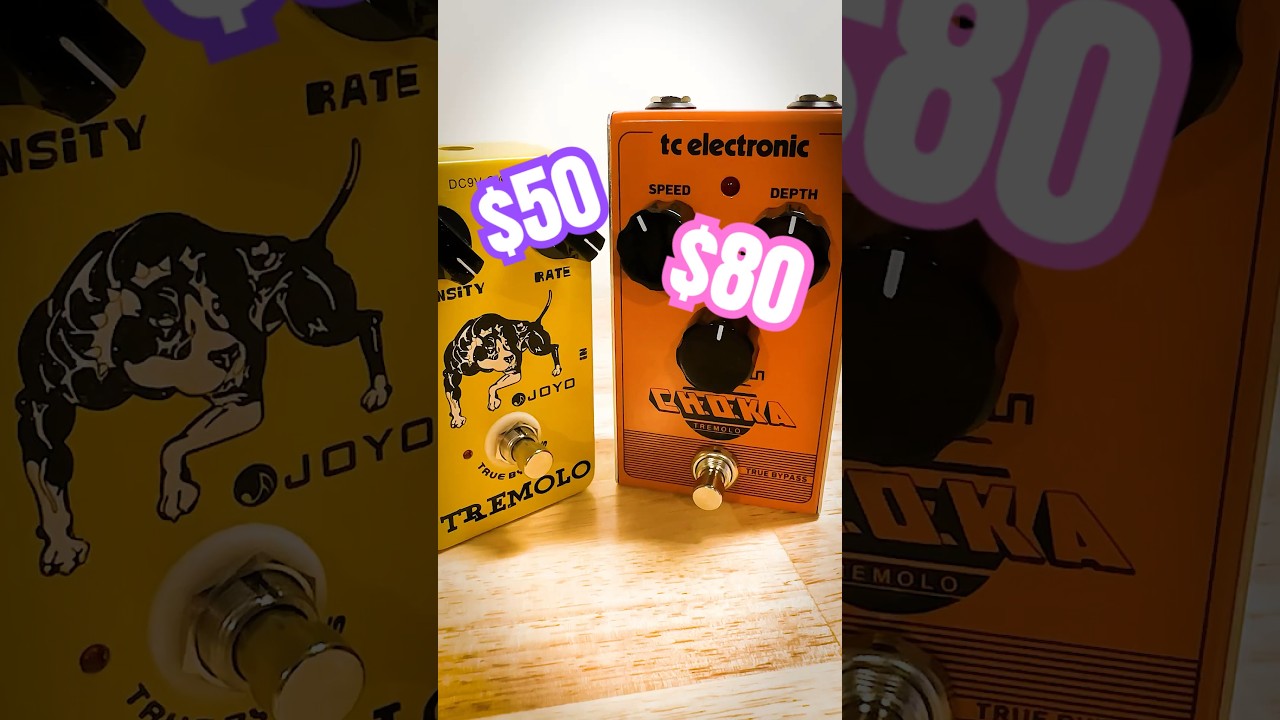Description
The Dreadbox Kinematic VCA-Based Compressor Pedal is currently retailing at £169.99 and it is in stock. Available to be delivered to you by post direct (some charge may apply).The team at Just Pedals think that Dreadbox nailed it with the Dreadbox Kinematic VCA-Based Compressor Pedal.
Greek synth wizards Dreadbox have taken their first step into the realm of effects pedals, with their retro-styled Lethargy, Darkness & Kinematic stompboxes!
The Kinematic is a VCA-based compressor and envelope filter suitable for guitars, basses, synthesisers and even drum machines — with eurorack patch compatibility too. Embellishing your tones with vintage-esque analogue squeeze, the Dreadbox Kinematic's built-in overdrive circuit also allows you to dramatically distort any dry or anaemic-sounding signal with saturated, hair-raising gain!
Key Features
- Fully-analogue, VCA-based compressor with band-boost filter and extreme compression ratio.
- Envelope filter and low-pass filter with slow envelope curve.
- Post-diode overdrive circuit adds musical grit to any instrument signal.
- Level boost — up to +18dB on tap!
- 3 patch points make this unit perfect for modular synth fans.
[video_1]
Specifications
- Circuit: Analogue
- Bypass: CMOS
- Audio: Mono
- Power: 9VDC (center pin negative, 2.1mm)
- Current Draw: 85mA
- Dimensions (cm): 14 x 10 x 5.6
Inputs & Outputs
- In/Out: TS unbalanced 6.4mm jack
- Filter/Level/EG Out: 3.5mm mini jack

